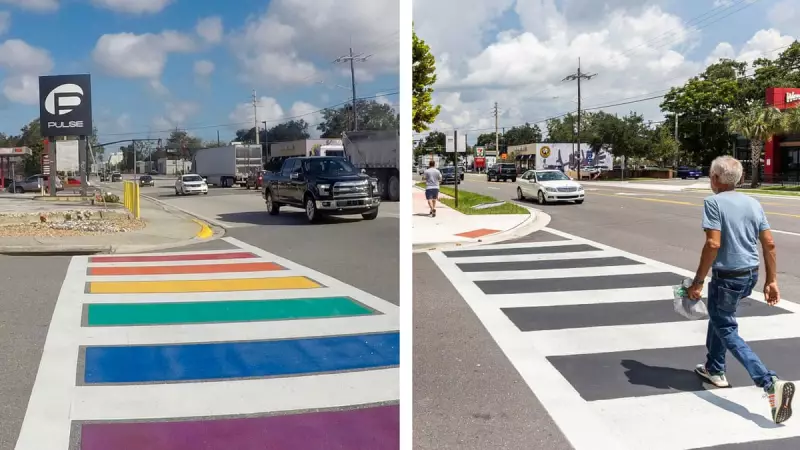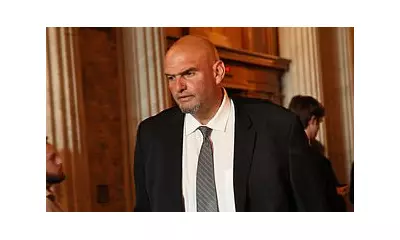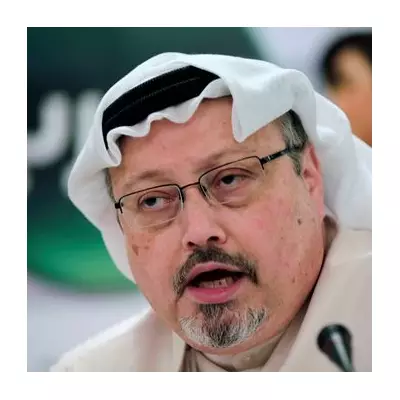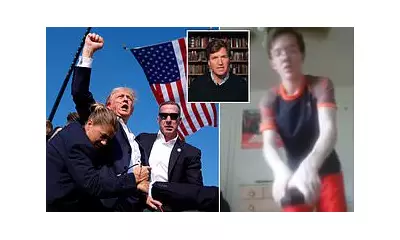
In a move that has ignited fierce controversy and accusations of cultural erasure, the administration of Florida Governor Ron DeSantis has mandated the removal of iconic rainbow-coloured crosswalks in Orlando. The memorial, a vibrant tribute to the 49 lives lost in the 2016 Pulse nightclub shooting, has been deemed illegal by state officials.
The Florida Department of Transportation (FDOT) issued the directive to Orlando's city officials, asserting that the rainbow pavements violate state statutes governing road markings. FDOT officials stated that crosswalks must be white for standard use or yellow for school zones, leaving no room for commemorative colours, regardless of their significance.
A Clash of Values and Memory
Local leaders and LGBTQ+ advocates have condemned the decision as a targeted political act. Orlando Mayor Buddy Dyer expressed profound disappointment, highlighting that the crosswalks were more than just paint; they were a symbol of the city's resilience, inclusivity, and a sacred promise to never forget the victims of one of the deadliest mass shootings in modern US history.
The removal order is seen by many as the latest front in Governor DeSantis's broader 'war on woke', a series of legislative and cultural battles targeting LGBTQ+ rights, diversity initiatives, and certain teachings on race. Critics argue the move deliberately disrespects a community still healing from a profound tragedy.
Community Outcry and the Path Forward
The announcement has been met with grief and anger from survivors and victims' families. Community groups are exploring legal avenues and potential compromises, such as installing the rainbow colours on adjacent sidewalks or plazas instead of the road surface itself. However, the state's firm stance suggests a challenging fight ahead for those wishing to preserve the physical manifestation of the city's remembrance.
This development places Orlando at the centre of a national debate, forcing a difficult conversation about how we memorialise tragedy, who gets to decide, and the intersection of public art, safety, and political ideology.





